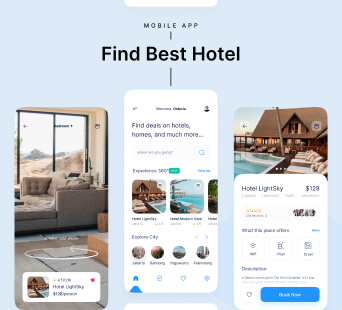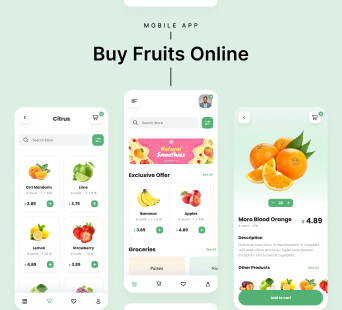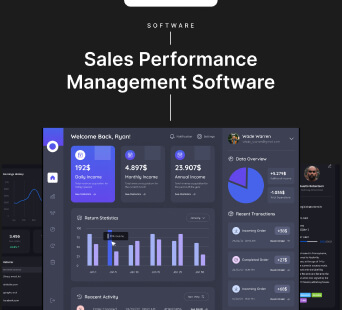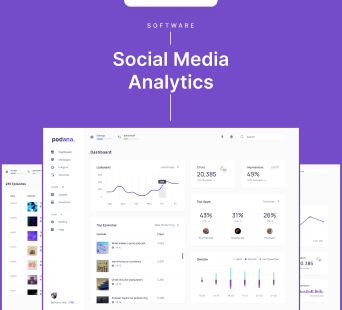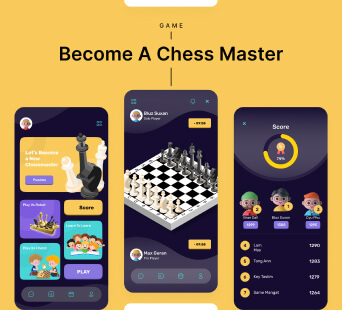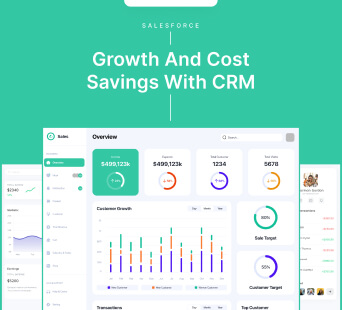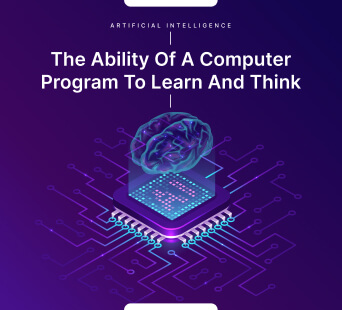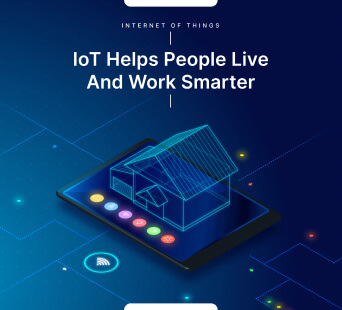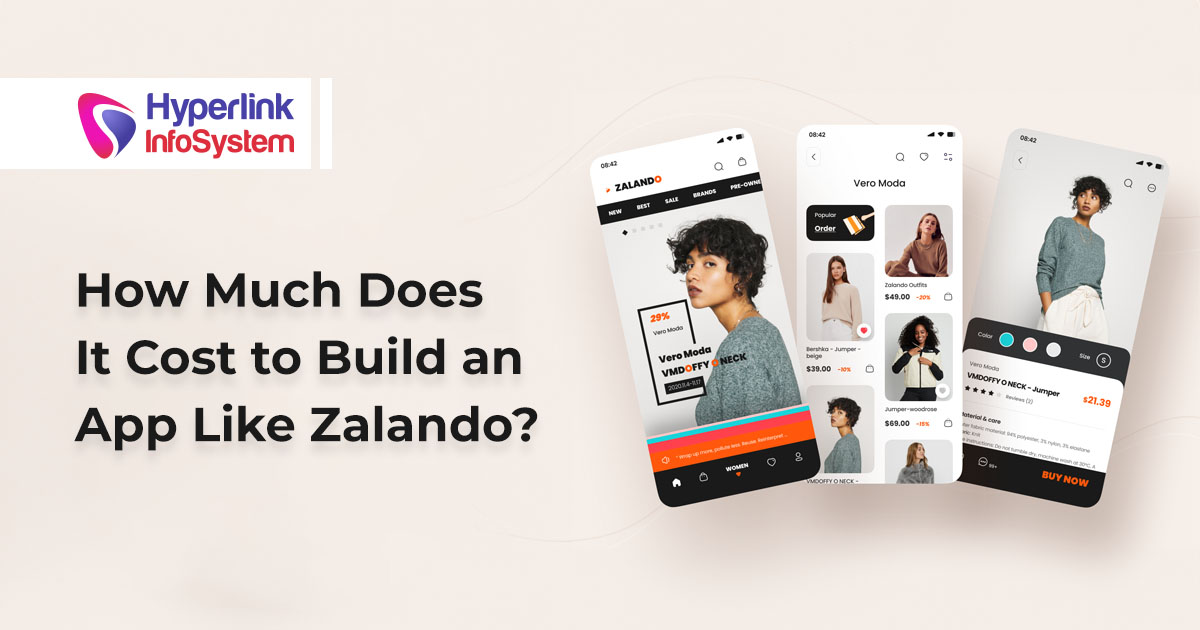As with the Internet or mobile devices, virtual reality's development represents one of the most significant technological changes in recent years. This technology will allow us to develop all our creativity only limited by our imagination. This is possibly the greatest attraction of VR, an environment where imagination and creativity find the possibility to develop fully.
Virtual reality and augmented reality technologies are usually associated with the world of entertainment and pleasure. One immediately thinks of immersive video games like Pokemon Go or Snapchat filters that send selfie amateurs to seventh heaven. It is easy to forget the areas of application in the professional environment. From the conception of a virtual model in telemedicine to the preparation of orders in pre-sorting platforms, the possible uses are almost unlimited.
Virtual Training And Visits To Sensitive Locations
Maintenance companies can gain a lot from using virtual reality. The advantages start with the advanced training of technicians. With virtual reality, the locations come to the technicians and not the other way around. The technicians can immerse themselves in their future work universes and get to know the topology of the locations where they will soon be working.
From any location, the technicians will be able to practice their hand movements, repeat them and allow themselves the luxury without running the risk of making mistakes. A wrong move will not damage the device to be serviced. This type of learning is particularly useful for assignments in sensitive and remote locations such as a nuclear power plant, a refinery or an oil platform.
Virtual reality makes it easier to understand the challenges associated with maintenance work. It creates a far more realistic picture of the situation than technical manuals or PowerPoint presentations. The technicians are virtually immersed in the "real" situation. In addition, virtual reality makes it possible to multiply scenarios and to simulate extraordinary events or special weather conditions (e.g. work at night, in heavy rain or in a snowstorm).
Virtual Reality Pioneers: Aerospace, Energy, Civil Engineering
Since virtual reality improves the efficiency of further education and training and reduces costs, it is particularly suitable for industries that spend up to several hundred hours per year and operator on the maintenance of machines and devices.
This is particularly the case in aviation, where MRO (maintenance, repair and overhaul) operations are a key element in driving exponential growth. The creation of virtual aircraft prevents them from being stationed on the ground, which is expensive.
Features Of Virtual Reality
A virtual environment is a simulation generated through the use of computers. It is dynamic, interactive, and three-dimensional; It has a high graphic, acoustic, and tactile type, oriented towards the visual representation of complex situations and variables. During this simulation, the user perceives certain stimuli that appear to be real. These perceptions immerse us in different, highly interactive environments of totally artificial origin. Depending on the degree of immersion of the user, two types of VR can be defined.
Types Of Virtual Reality
Immersive virtual reality. It allows people to perceive being within the artificially generated three-dimensional virtual environment. Computer systems create these three-dimensional environments, and the participation of the user is carried out through the use of various devices, such as VR glasses, suits, gloves, and accessories. They allow capturing the position and movements that the person performs with their body, later to be represented in the virtual reality environment.
Non-immersive virtual reality. Also known as virtual desktop reality. It is a kind of navigation in which only a computer or mobile device is used. This virtual reality type is widely spread and accepted; it works by representing an unreal environment in a window's space on a computer or mobile device. It is one of the most economical forms of virtual reality and is used in many video games that are currently marketed.
Main Features
- It is an environment that simulates the world as a container for different objects, executed based on previously established rules of the game.
- It has an environment represented by the development of three-dimensional graphics.
- Its behavior is dynamic, interactive, and runs in real-time.
- Its execution is based on the incorporation of the user into the virtual environment.
- It requires that, in principle, there is a certain degree of suspension of disbelief since the purpose is to achieve a reasonable degree of integration of the user with the virtual environment in which he enters.
- It can react to the user, offering a total immersion, interactive, and multisensory experience in its most advanced mode.
Goals
- Create a possible environment made up of objects, defining the relationships between them and the nature of the interactions between them.
- To witness an object or to be inside it, that is, to enter that world that will only exist for the observer for a short period (as long as it is observed) and in the memory of the computers that generate it.
- Possibility for several people to interact in environments that do not exist in reality, but have been created for very different purposes. Today, there are many applications of virtual reality environments that achieve success in most cases. In these environments, the individual should only worry about acting since the previously supposed space is now facilitated by technological means. Hyperlink InfoSystem can assist you with virtual reality app development.
Advantages
- Learn to manipulate objects without the need for their physical availability.
- Benefits for people with certain disabilities and reduced mobility.
- Training in dangerous situations.
- Allow a thorough examination of facts and processes.
- Enable model testing in the layout stage.
- Testing and fine-tuning of new procedures.
- Simulations of guidelines for action in various fields such as medicine, security forces and bodies, architecture, and aviation.
- Visualization from different environments with 360º perspectives.





